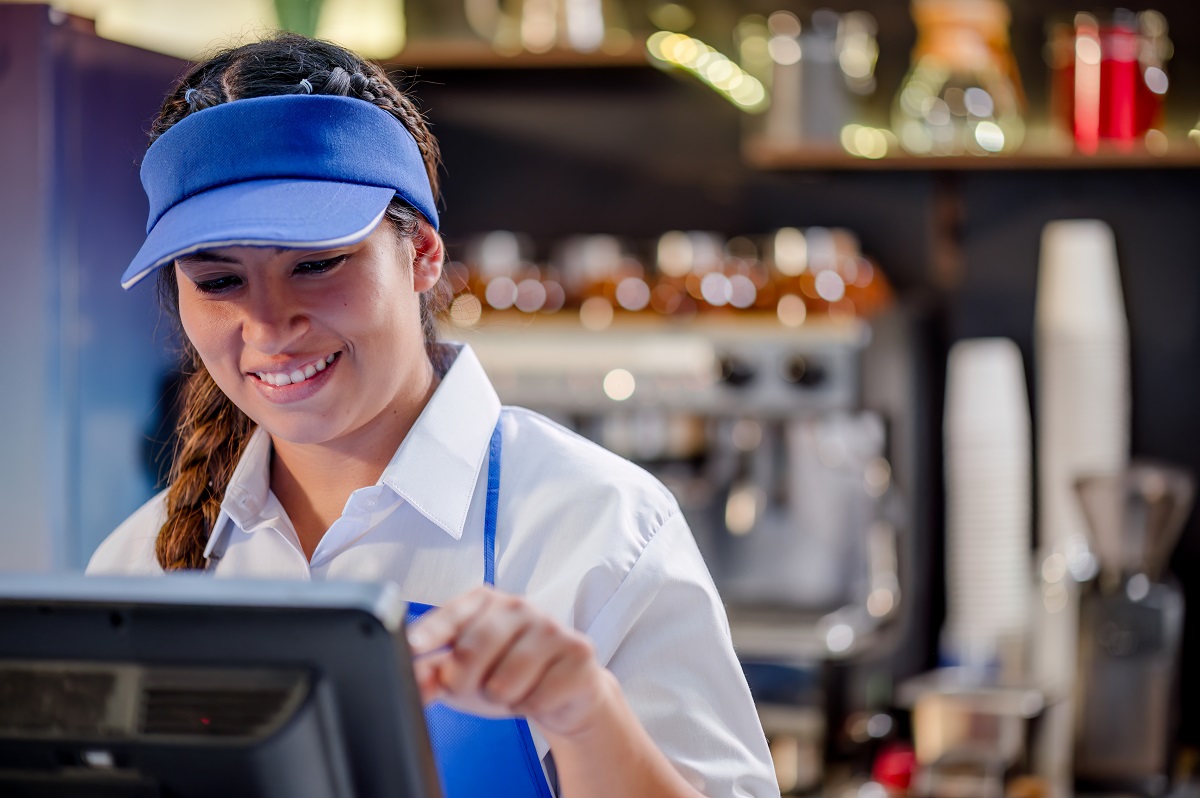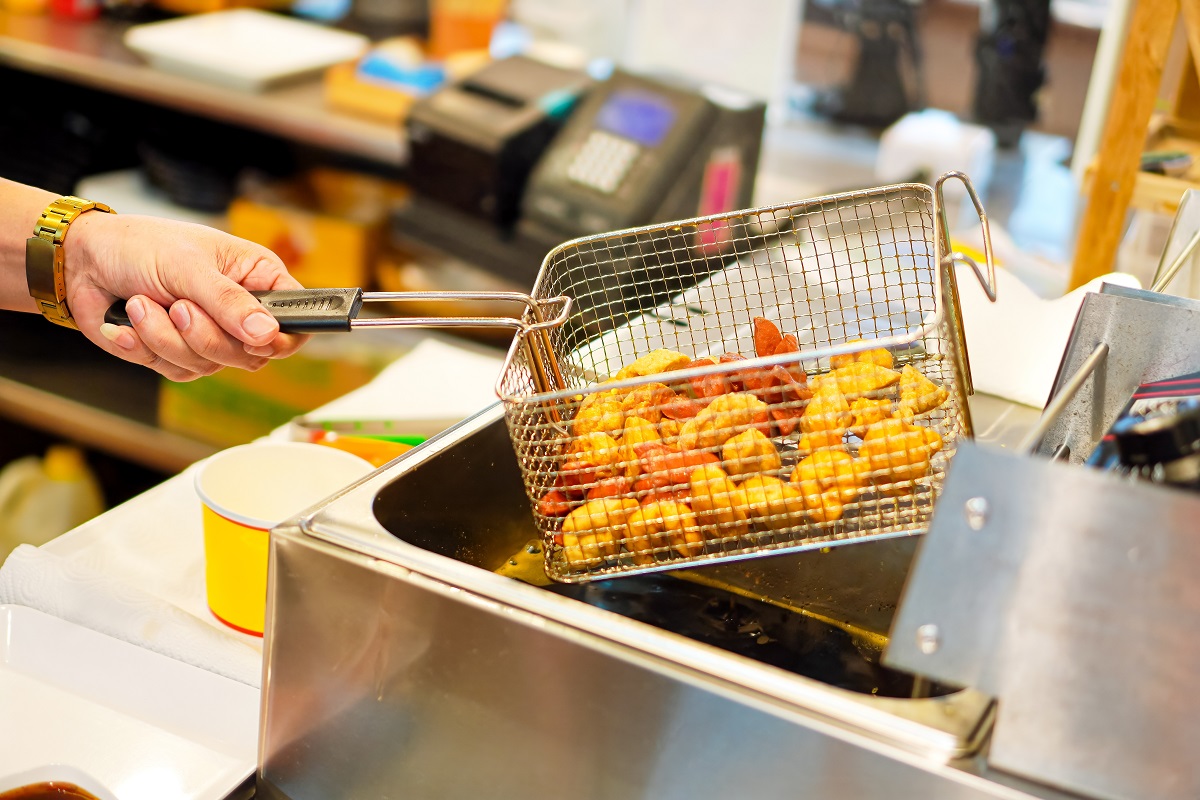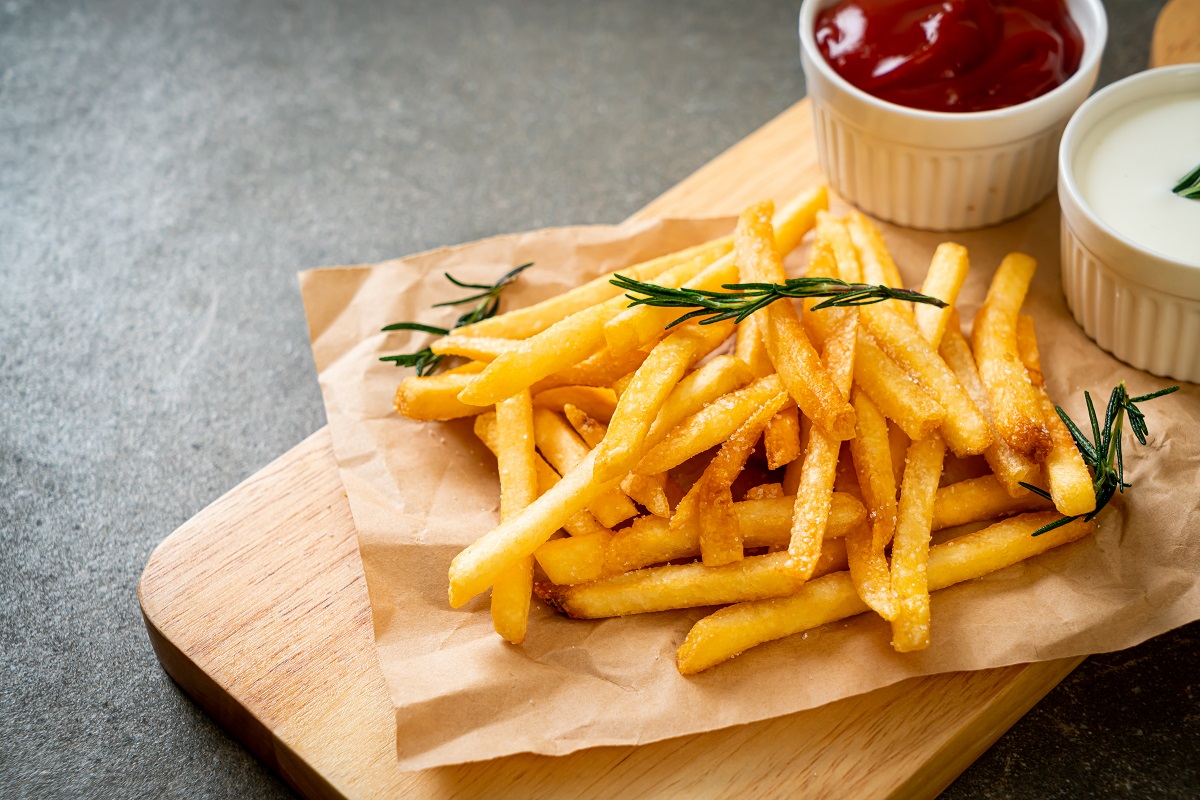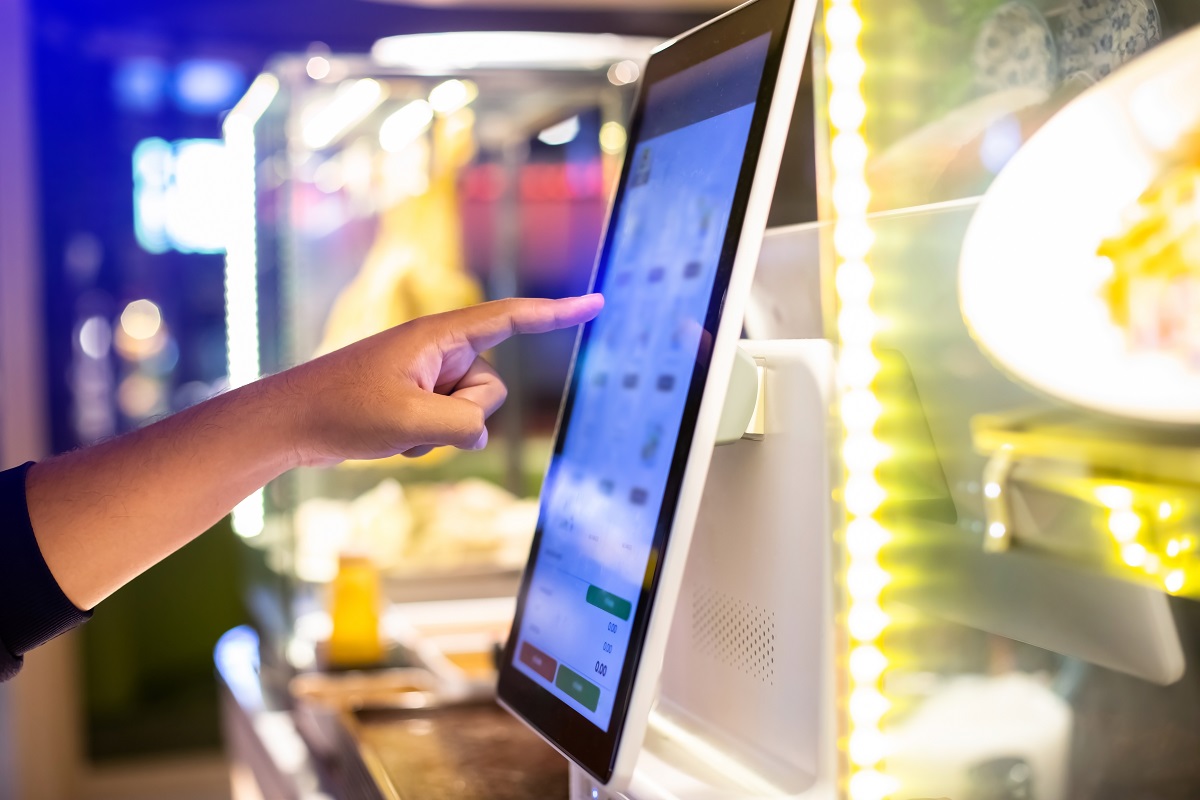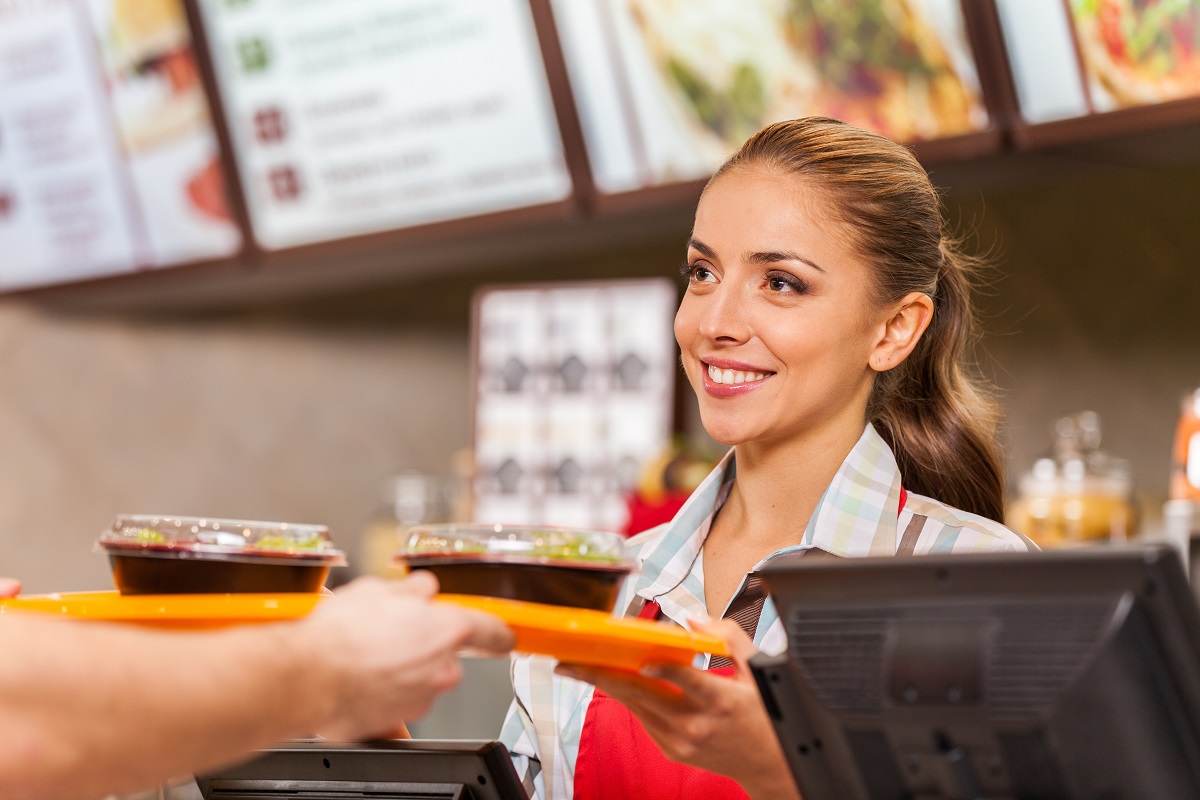Why Guest Experience Is Often Inconsistent
Many restaurants today face a pressing challenge: creating a consistently excellent guest experience across every shift and every location. But all too often, subtle breakdowns in kitchen and service routines lead to subpar experiences that frustrate both guests and staff.
Training Variability
Staff turnover in the restaurant business has reached historic highs at over 75% annually, according to the National Restaurant Association.1 That means that at any given moment, a significant portion of your frontline and back-of-house team lacks experience. When each hire gets a different level of onboarding or coaching, the result is inconsistent execution.
Even small differences, from how fries are shaken to how allergens are handled, can impact the guest experience in major ways. Without systems to reinforce best practices, the levels of quality that guests experience become a matter of luck.
Complex Menus and Procedures
As menus evolve to meet demand for customization, restaurants add more complexity to daily operations. “Build-your-own” bowls? Sure, it sounds easy. However, more variability also adds extra steps for staff to remember and execute correctly. The result can mean long ticket times, mistakes, and those moments when staff freeze under pressure.
Human Decision Fatigue
Decision fatigue can set in fast during busy shifts. A line cook may start strong but slow down as screen time or fatigue sets in. Without built-in cues or reminders, consistency can drift. That lost moment may result in delayed plates, wasted ingredients, or even heightened safety risks.
These three factors combined can make achieving reliable guest service nearly impossible without smarter tools.

The Role of Tech in Simplifying Frontline Execution
SOP Adherence and Automated Checks
Smarter restaurant guest experience technology helps standardize execution, reduce errors, and uphold service quality, even during peak rushes or with brand-new staff. Modern kitchen technology can help serve as a personal coach, offering timers that trigger auto-filtration, checklists that light up step-by-step, and alerts when temperatures or times stray from best practice. This helps ensure consistent workflows even when there’s a shift change or the lunch rush hits unexpectedly.
For example, automated oil monitoring systems can track fryer readiness and signal when filtration is needed, helping to eliminate guesswork and maintain fry quality.
Reducing the Burden on New or Temp Staff
Stepping into new routines can be stressful. That’s why intuitive tools, like guided POS prompts or tablet checklists, matter so much. When systems guide actions, new staff feel capable faster, and mistakes drop. That confidence isn’t just good for performance; it can support lifting morale and retention.
Tools That Guide Staff
Take a look at key tools making this shift:
- Kitchen Display Systems (KDS): Visually guide order flow, eliminate ticket confusion, and prioritize tasks.
- Smart Timers and Alerts: Ensure that cooks don’t under or over cook by mistake.
- Automated Cooking Oil Management: Track usage, prompt when maintenance is due, and ensure consistent flavor and texture.
These tools help reduce the cognitive load on staff and support consistent execution without constant supervision.
From “Okay” to Outstanding
Optimizing Guest Experience
When your team follows the same process every time, trust tends to build overtime through guest experience. Orders arrive quickly. Fries are crisp. Allergens are handled correctly. That consistent reliability can turn one-time guests into repeat customers. and ideally brand ambassadors.
Insights for Continuous Improvement
To help improve guest experience, restaurants must focus on the operational details that guests rarely see simultaneously: speed, accuracy, cleanliness, and attention to dietary needs.
Smarter systems help automate tasks and support assessing outcomes to make informed decisions and preempt problems before they happen.
- Performance Dashboards: Track speed, quality, and compliance in real time across locations.
- Peer Benchmarking: Compare service levels across shifts and sites to surface gaps.
- Actionable Alerts: If a station falls behind or misses a step, supervisors can step in promptly.
What Predictable Guest Experience Actually Looks Like
Scenario A — Without Technology
A rush hits. A new cook gets flustered. Fryer oil needs changing, but no reminder triggers a filtration session. Orders back up. Guests get cold fries. A complaint sparks a refund. The team tensions rise, morale dips, and the cycle reinforces itself.
Scenario B — With Smart Tools
The same rush hits. The fryer beeps right before oil quality dips—filtered automatically. The new cook follows the displayed ticket steps. Food goes out hot, correct, and quick. No complaints. Staff feel supported. The manager spends time coaching on service best practices, not dealing with preventable issues.
Guest satisfaction rises. Staff retain pride. The restaurant runs more smoothly overall.
Investing in Experience That Lasts
Consistency is no longer a luxury, but a necessary foundation to support repeat business today. According to the National Restaurant Association’s 2024 State of the Restaurant Industry, 69% of operators expect technology to enhance staff workflows without replacing human roles.2 When technology is used wisely, it lifts performance and empowers people.
Return on investment shows up quickly:
- Faster tickets can mean more turns per shift.
- Fewer mistakes can reduce refunds and reworks.
- Less training time helps keep onboarding costs down.
- Better morale helps retain staff, saving on recruitment and training.
Crafting a Culture of Consistency with Tools
To drive real consistency in restaurant operations, you need tools that do more than just digitize old checklists. They must actively guide behavior and reinforce SOPs. To truly embed good habits, you should:
- Blend Rules with Systems: Use tools that guide people through best practices. Don’t rely on long manuals they most likely won’t read.
- Empower Staff: When systems make it easy to do right, staff feel more trusted and capable.
- Monitor with Care: Use data to support, not punish. Celebrate milestones, coach gently when patterns dip.
- Standardize Across Sites: When every location uses the same layout, checklists, and KPIs, it’s easier to teach best practices and help accelerate what works.
Quick Wins for Ops Teams
Looking for low-lift ways to improve consistency? Try these:
- Shift Time Study: Watch a peak shift, note the time spent on key tasks, and spot bottlenecks.
- Ticket Time Benchmark: Run a before/after test on automated oil management—see how much faster your line moves.
- Behavior Tracker: Empower managers to note compliance issues, and then share results to steer coaching.
FAQ
What are the top tools to standardize back-of-house tasks?
Kitchen display systems, automated cooking oil management, integrated timers, and guided checklists all concretely help reduce variability and support consistent workflows.
How does automation improve staff morale?
By reducing physical strain, minimizing errors, and giving staff confidence that procedures will be followed, technology helps create a more supportive environment.
Can smaller operations benefit from smart systems?
Absolutely. Automation works at any level. Even a single restaurant using smart timers or an oil-management system can help deliver faster, cleaner, and more consistent service.
How do you measure the impact of these tools?
Track metrics like ticket times, rework rates, customer satisfaction scores, employee morale, and oil usage consistency. Small improvements compound fast over a shift or an entire week.
Next Steps Toward Operational Alignment
Smarter systems help you build momentum from each service to the next. Consistency helps build trust among your guests, your staff, and across your brand.
- Start with an audit: Identify your biggest friction points – oil drains, fryer quality dips, order guessing.
- Pilot one tool: Try a single station with an automated system or digital checklist.
- Track results: Measure ticket time, food quality, and staff sentiment week over week.
- Operate strategically: Replicate what works across shifts, locations, and training routines.
Technology isn’t a silver bullet. But when implemented with purpose and thought, it transforms your kitchen from reactive to reliable.
You Don’t Need To Reinvent Your Restaurant Operations Overnight
Start small with practical tools that support your team, like automated oil systems or guided workflows, then expand as you see results. Building smart consistency isn’t just about avoiding mistakes; it’s about creating moments your guests and your teams will remember.
If you’d like to explore how smart tools can help you standardize operations and improve service while keeping teams empowered, explore cooking oil management for QSRs at RT—and let us help you take the guesswork out of kitchen systems.
Sources:
- National Restaurant Association. Hospitality industry turnover rate ticked higher in 2018. https://restaurant.org/education-and-resources/resource-library/hospitality-industry-turnover-rate-ticked-higher-in-2018
- National Restaurant Association. Make Room for Restaurant Automation. https://restaurant.org/education-and-resources/resource-library/make-room-for-restaurant-automation

